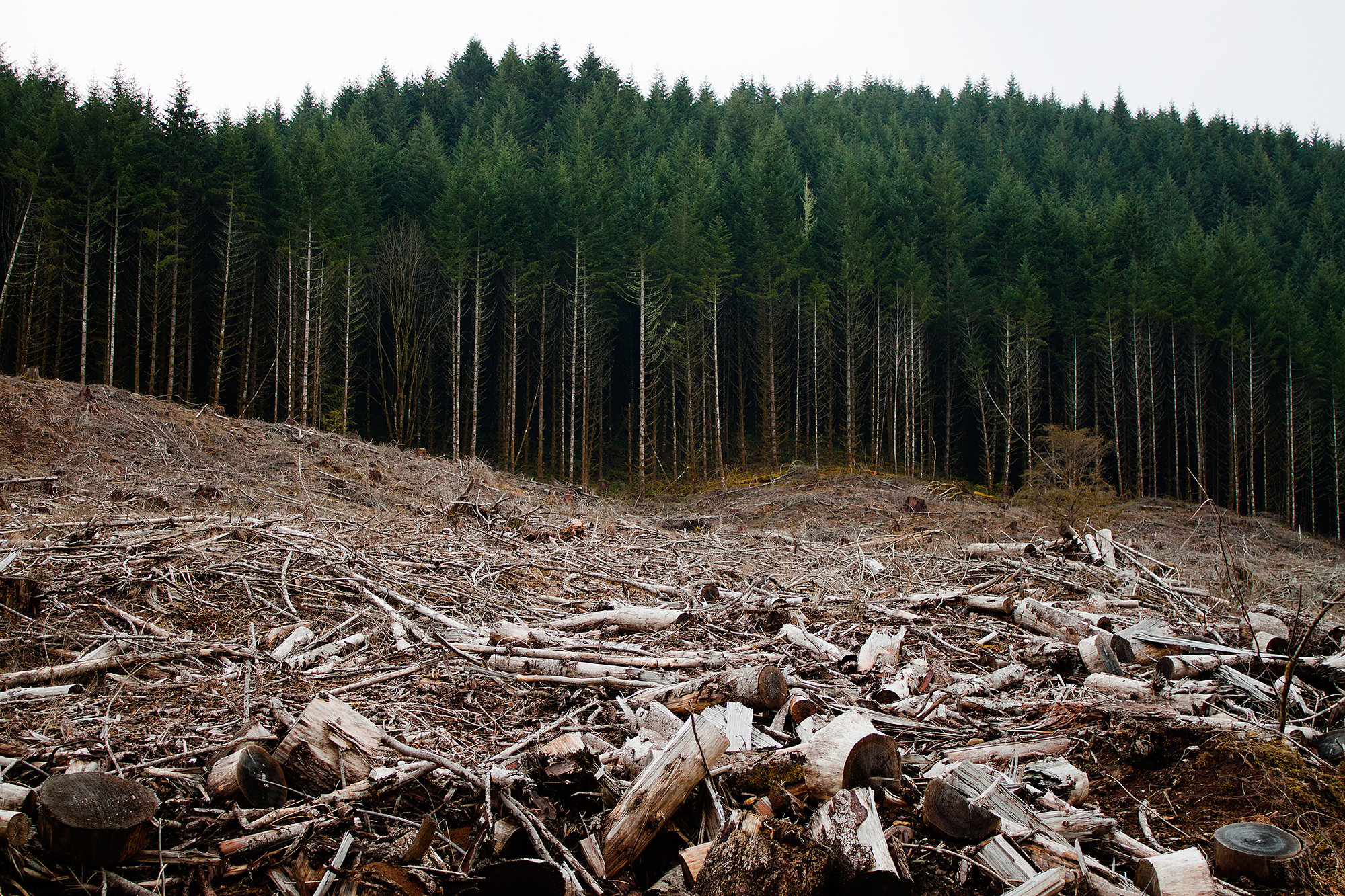
These Lands Are Our Lands: The Trump Administration Attack on Public Participation in Land Issues
It’s no secret that President Trump has staged a relentless series of attacks on the environment and public lands since taking office. But if the Trump administration has its way, more of its efforts to curb key environmental protections will be able to take place behind closed doors – or at least in ways that limit the public’s ability to voice its opinion.

It’s no secret that President Trump has staged a relentless series of attacks on the environment and public lands since taking office. But if the Trump administration has its way, more of its efforts to curb key environmental protections will be able to take place behind closed doors – or at least in ways that limit the public’s ability to voice its opinion.
The sweeping rollbacks to the National Environmental Policy Act (NEPA) proposed by the administration this week are just the latest in a series of administrative and regulatory changes and attempted changes designed to cut the public out of land management decision-making processes, moving project planning out of sight and preventing the American people from having a say in decisions that affect their shared natural resources.
These rollbacks matter. The Trump administration has already been responsible for the largest reduction of protected public lands in America’s history. Since 2017, the Interior Department has slashed protections from some of the country’s most cherished landscapes, opening millions of acres of public land to mining, drilling and mineral extraction. Further curbing transparency and participation could enable the administration to move farther, faster, in its efforts to exploit our public lands.
In March 2017, in one of his first actions as President, Trump signed off on the repeal of a Bureau of Land Management rule known as Planning 2.0. Implemented in 2014 as an update to the BLM’s resource management planning process, the rule was designed to increase transparency in natural resource and land use planning and give citizens more of a voice in the planning process for projects involving public lands. The Independent Petroleum Association of America argued that Planning 2.0 was detrimental to energy interests, and its victory in getting the rule rescinded by Congress set the tone for a program of changes designed to give industry a free pass to America’s public lands.
More recently, the Trump administration has turned its attention to one of America’s cornerstone environmental laws: the National Environmental Policy Act (NEPA). For half a century, NEPA has been one of the most effective tools citizens have to challenge government decisions that threaten our environment and public lands. Among its most significant provisions is the requirement that federal agencies prepare environmental assessments and environmental impact statements outlining, in advance, the potential ramifications of proposed agency projects, ensuring that land management decisions are based on scientific analysis and take into account the views of those affected by them.
The Trump administration has long viewed this crucial law as a bureaucratic impediment in the pursuit of its “energy dominance” agenda. Over the last three years the administration has sought to chip away at it through various changes proposed in the name of modernization and efficiency – many of which simply mean making sure that land management decisions are made behind closed doors.
In June 2019, for example, the U.S. Forest Service proposed an overhaul of the way it complies with NEPA so as to expedite the permitting process for resource extraction and radically reduce the role of environmental analysis and public input in decisions over road-building, logging and mining across 193 million acres of publicly owned forest. The proposed changes would exempt more than 90 percent of all Forest Service projects from public comment and environmental review and empower the agency to approve logging and roadbuilding plans on thousands of acres of federally managed forest land at a time with no public input.
One of the main tools being deployed is the use of “categorical exclusions.” Categorical exclusions were built into NEPA to allow agencies to bypass the requirement for public review and environmental assessment for relatively inconsequential, local-level actions like restoring a hiking trail, carrying out routine maintenance to park buildings, or other similar projects that an agency can reasonably claim as being likely to have no significant environmental impact. Under the draft Forest Service rule, the definition of categorical exclusions would be radically expanded to remove the current requirements for public and scientific input for a huge range of projects, including logging, mining, drilling, and the construction of roads and pipelines.
For example, one proposed new categorical exclusion would allow the Forest Service to conduct projects on up to 7,300 acres of federally managed forest land, including commercial logging of up to 4,200 acres at a time, with no prior environmental impact analysis or requirement for public review. Since multiple categorical exclusions can be used on the same project, this would allow the agency to log multiple adjacent 4,200-acre areas without the public knowing anything about it in advance.
The overhaul of the government’s implementation of NEPA proposed this week includes rule changes that would empower regulators to use more categorical exclusions, increasing the number of projects that can be carried out without first having to go through environmental review and public comment.
The repeal of Planning 2.0 and the proposed gutting of NEPA are symptomatic of a concerted effort by the current administration to keep ordinary Americans in the dark about decisions that could do irreparable harm to our shared lands and waters. In a democracy, the public needs to know what its government is doing. Decisions need to be open to public scrutiny. Take that away and you remove a crucial bulwark against the exercise of arbitrary power by the state and corporations.
Transparency is especially crucial when it comes to decisions concerning our public lands. It is, after all, the American people who are the owners of these lands – not the government, and certainly not the fossil fuel industry. Decisions over the fate of such a precious resource have consequences for all of us, and it is vital that they are only made once a thorough assessment of their potential impacts has been carried out and the public has had its say.
Photo credit: Calibas, via Wikimedia Commons, CC BY-SA.
Topics
Authors
James Horrox
Policy Analyst, Frontier Group
James Horrox is a policy analyst at Frontier Group, based in Los Angeles. He holds a BA and PhD in politics and has taught at Manchester University, the University of Salford and the Open University in his native UK. He has worked as a freelance academic editor for more than a decade, and before joining Frontier Group in 2019 he spent two years as a prospect researcher in the Public Interest Network's LA office. His writing has been published in various media outlets, books, journals and reference works.
Find Out More

Rewilding: The promise of a hands off approach to conservation

A look back at what our unique network accomplished in 2023

Nature’s little helpers: The semiaquatic heroes you didn’t know you needed

